


Glyphosate Technical is a broad-spectrum, non-selective systemic herbicide widely used in agriculture, forestry, and industrial weed control. It works by inhibiting the 5-enolpyruvylshikimate-3-phosphate (EPSP) synthase enzyme, which is essential for plant growth. Glyphosate is absorbed through foliage and translocated throughout the plant, effectively killing both grasses and broadleaf weeds.


Glyphosate Technical is a broad-spectrum, non-selective systemic herbicide widely used in agriculture, forestry, and industrial weed control. It works by inhibiting the 5-enolpyruvylshikimate-3-phosphate (EPSP) synthase enzyme, which is essential for plant growth. Glyphosate is absorbed through foliage and translocated throughout the plant, effectively killing both grasses and broadleaf weeds.

.3d8f8f41.svg)
Agrochemicals
.3556d45a.svg)

Crop Protection & Pest Control


Herbicides
Included in Quote
Included in Quote
Included in Quote
Included in Quote
.7767eb0f.png)

Chemical Properties & Specifications
Used for weed control in row crops, orchards, vineyards, and plantations.
Helps manage invasive species and unwanted vegetation.
Applied for weed control in non-crop areas like railways, roadsides, and infrastructure.
Glyphosate inhibits the EPSP synthase enzyme, disrupting amino acid production and causing plant death.
It effectively controls broadleaf weeds, grasses, and woody plants, including glyphosate-resistant species when combined with adjuvants.
No, glyphosate is a synthetic herbicide and is not permitted in organic agricultural practices.
Glyphosate binds to soil particles and degrades over weeks to months, depending on environmental conditions.
When used as directed, glyphosate has low acute toxicity but should be handled with proper safety precautions to avoid skin and eye irritation.
Yes, it is often tank-mixed with other herbicides for broader weed control and resistance management.
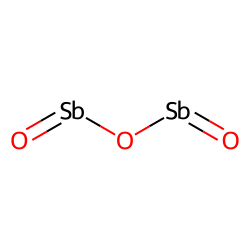
CAS No. : 1309-64-4
Category : Inorganic compound
Sub-Category : Flame retardants
Description: Antimony trioxide (Sb2O3) is an inorganic compound commonly used as a flame retardant and as a catal...
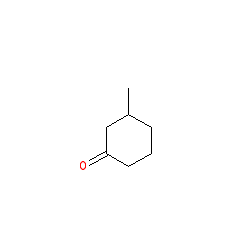
CAS No. : 36306-87-3
Category : Fragrance Ingredients
Sub-Category : Aroma Chemicals
Description: Kephalis is widley used in many industries. It plays a key role in the production of resins, coating...
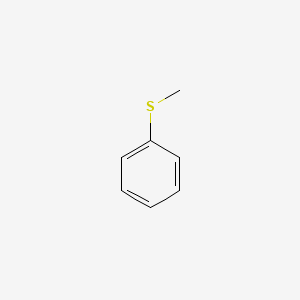
CAS No. : 100-68-5
Category : Pharmaceutical Actives & Precursors
Sub-Category : Intermediates & Precursors
Description: Thioanisole is a colorless to light yellow liquid with an aromatic odor. It serves as a valuable int...
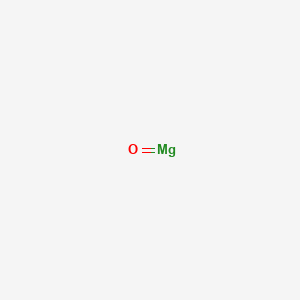
CAS No. : 1309-48-4
Category : Inorganic compound
Sub-Category : Magnesium compounds
Description: Magnesium oxide, commonly known as magnesia, is a white hygroscopic solid mineral that occurs natura...
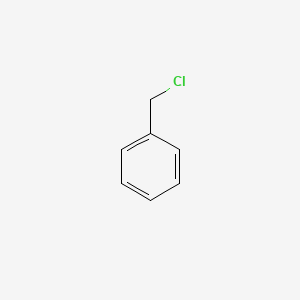
CAS No. : 100-44-7
Category : Organic Intermediate
Sub-Category : Reagents
Description: Benzyl Chloride is a colorless to pale yellow liquid with a pungent odor. It is primarily used as an...